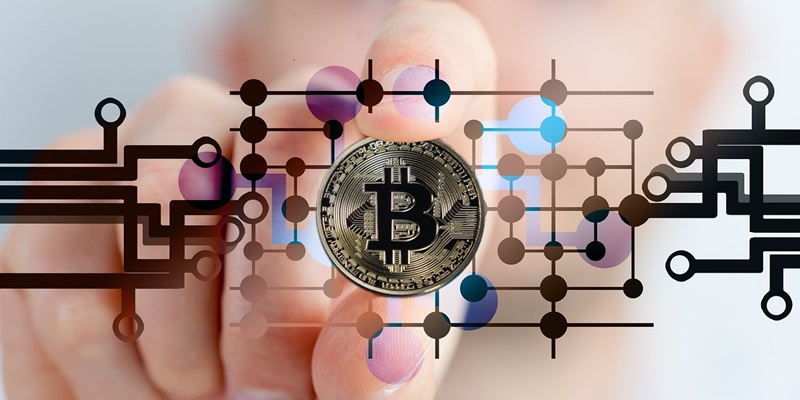Bitcoin’s remarkable ascent towards $45,000 has once again sparked a heated debate within the cryptocurrency community regarding the controversial topic of Bitcoin ordinal inscriptions. These unique transactions generate a significant number of unconfirmed transactions on the Bitcoin blockchain, raising concerns and intrigue among experts.
Understanding Ordinals
Ordinals, in simple terms, are unconventional transactions that result in numerous unconfirmed transactions on the Bitcoin blockchain. While they offer potential advantages, such as bypassing transaction size limits, critics argue that they pose risks to the stability and security of Bitcoin’s blockchain. Luke Dashjr, a Bitcoin Core developer, has raised concerns about the implications of ordinals, urging caution and a thorough evaluation of their impact.
Arguments against ordinals
Dashjr and other skeptics are critical of orphans, viewing them as a potential threat to Bitcoin’s blockchain. By generating an influx of unconfirmed transactions, orphans strain network resources and potentially compromise the efficiency of the entire system. Critics argue that such transactions could lead to network congestion, inflated fees, and reduced transaction capacity, ultimately limiting Bitcoin’s growth potential.
Arguments for ordinals
On the other side of the debate, proponents of oracles see them as an evolution of Bitcoin’s blockchain. Jason Fang, the managing partner at Sora Ventures, asserts the importance of experimentation and innovation within the Bitcoin ecosystem. He highlights the potential benefits of oracles, including additional fees and higher profits for miners, which can incentivize continued network participation and investment.
Controversy and resentment
The controversy surrounding ordinals is further fueled by resentment from individuals who missed out on the attention and profits derived from ordinals and other BRC-20 investments. These individuals feel excluded from the success and influence that ordinals have garnered, leading to a heated and emotionally charged atmosphere within the cryptocurrency community.
Debate on Bitcoin’s future direction
The divisiveness surrounding ordinals highlights the ongoing debate about the future direction of Bitcoin’s blockchain and its openness to innovation and experimentation. Some argue that Bitcoin should adhere to a more conservative approach, focusing on stability and security. Others advocate for a more permissive environment that allows for technological advancements and autonomous development processes. The question remains: How will Bitcoin balance the desire for innovation with the need for stability?
As the debate surrounding Bitcoin ordinal inscriptions continues to rage on, the ultimate impact of these transactions on Bitcoin’s blockchain remains uncertain. The push and pull between those embracing ordinals as an evolution of the technology and those expressing caution and concern underscore the importance of finding a middle ground. Striking a balance between innovation, security, and stability is crucial for the long-term success of Bitcoin’s blockchain.
In the end, the future of oracles and their role in shaping the trajectory of Bitcoin’s blockchain will hinge on a well-informed and collaborative conversation within the cryptocurrency community. It is this ongoing discourse that will ultimately steer the path towards a more inclusive, robust, and innovative blockchain ecosystem. Only time will reveal the true impact and future of oracles in the Bitcoin universe.

